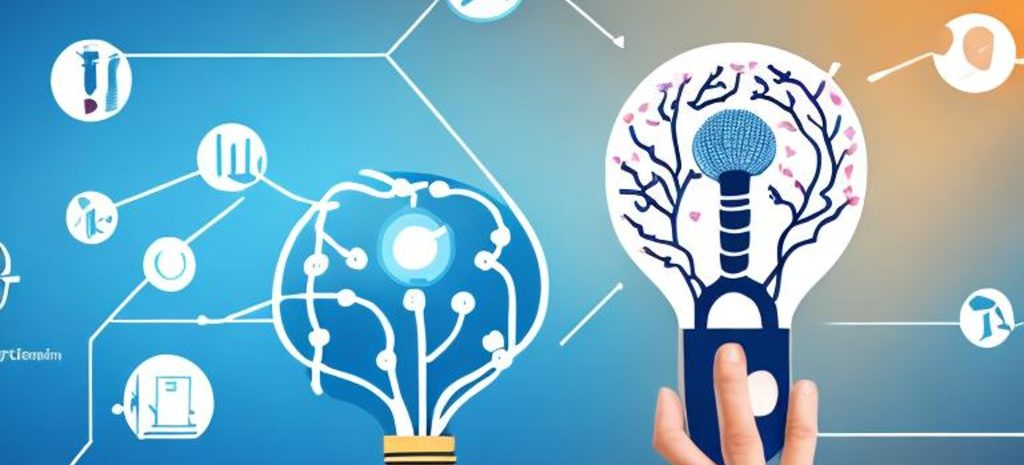
Artificial intelligence (AI) is a branch of computer science that deals with the creation of intelligent agents, which are systems that can reason, learn, and act autonomously. AI research has been highly successful in developing effective techniques for solving a wide range of problems, from game playing to medical diagnosis.
Understanding the Spectrum of AI:
- Narrow AI: The dominant form of AI today, specializing in specific tasks like playing chess or facial recognition. Think of it as a highly skilled but single-minded expert.
- General AI (AGI): A theoretical concept of machines mimicking human-level intelligence, capable of learning, reasoning, and adapting to diverse situations. Currently, an ongoing research endeavor.
- Superintelligence: A hypothetical future beyond AGI, where machines surpass human intelligence in all aspects. This realm delves into philosophical and ethical discussions.
Demystifying AI Techniques:
- Machine Learning (ML): This core AI tool allows machines to learn from data without explicit programming. Techniques like supervised learning, unsupervised learning, and reinforcement learning power various AI applications.
- Deep Learning: A subset of ML utilizing artificial neural networks, mimicking the human brain’s structure and learning. It excelspatterns by analyzing multi-layered data, powering breakthroughs in image recognition, speech-to-text, and more.
- Natural Language Processing (NLP): This AI approach enables computers to understand and process human language. It fuels chatbots, voice assistants, and sentiment analysis.
AI in Education:
- Personalization: AI can be used to create personalized learning experiences for students. This means that the learning materials and activities can be tailored to each student’s individual needs and abilities. For example, an AI-powered tutoring system can assess a student’s strengths and weaknesses and then provide them with targeted instruction.
- Engagement: AI can be used to create more engaging learning experiences for students. This can be done by using games, simulations, and other interactive activities. AI can also be used to create personalized feedback for students, which can help them stay motivated and on track.
- Accessibility: AI can be used to make education more accessible to students with disabilities. For example, AI-powered text-to-speech tools can help students with reading difficulties, and AI-powered speech recognition tools can help students with writing difficulties.
- Assessment: AI can be used to assess student learning in a more efficient and effective way. For example, AI-powered grading tools can save teachers time and effort, and AI-powered adaptive assessments can provide more accurate feedback to students.
The Future of AI:
- Human-AI Collaboration: The future lies not in machines replacing humans, but in humans and AI working together, leveraging each other’s strengths. We need to focus on developing symbiotic relationships with AI.
- Responsible AI Development: As AI advances, ethical considerations must be front and center. We need transparent, responsible AI development with human values at its core.


